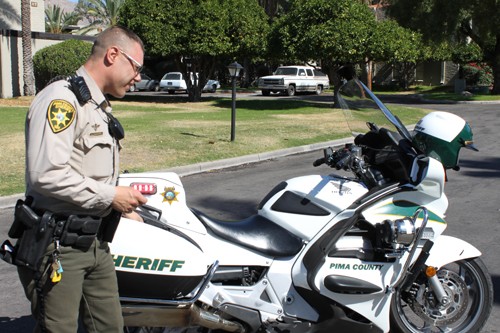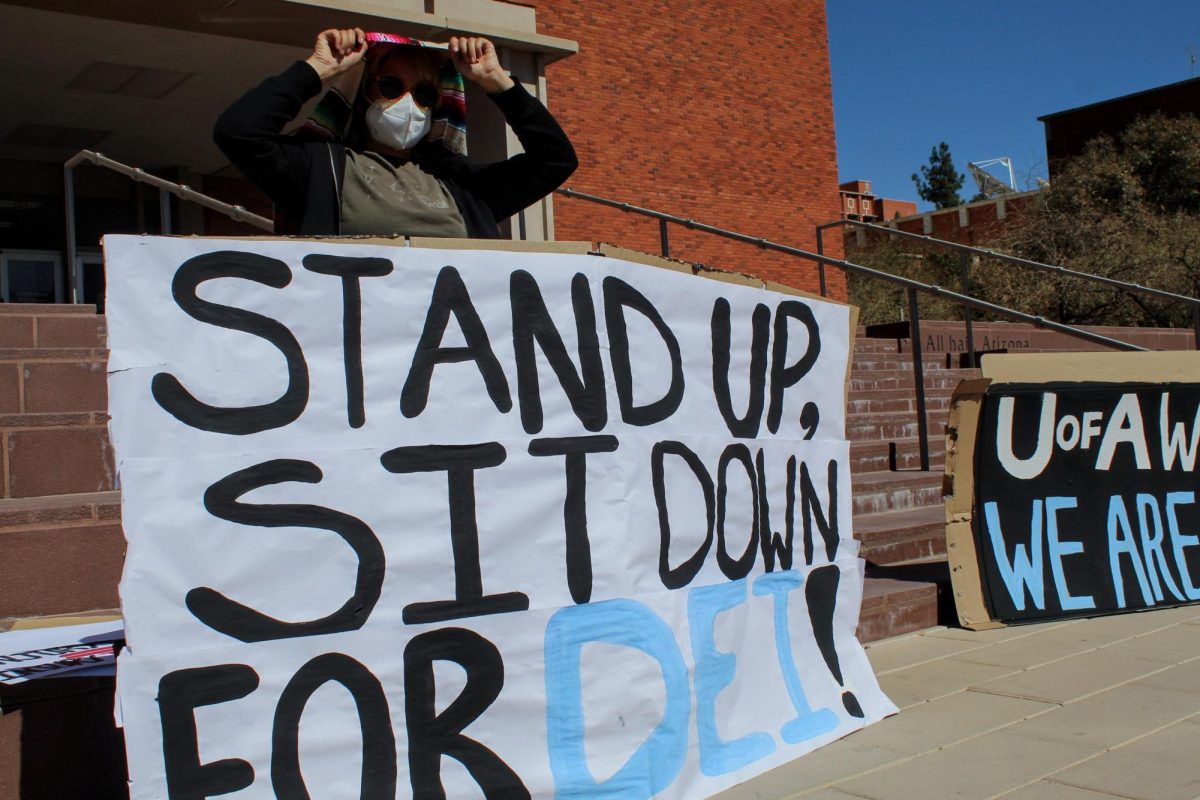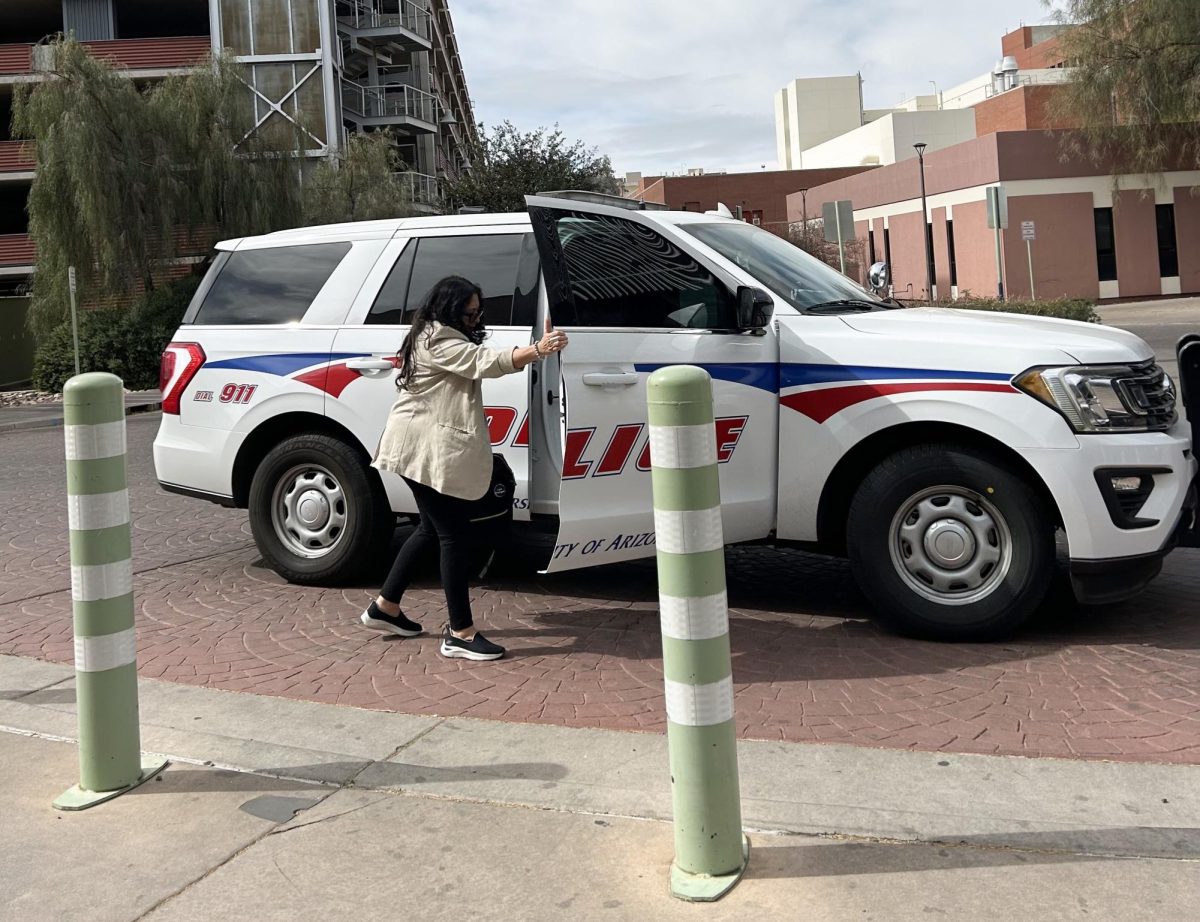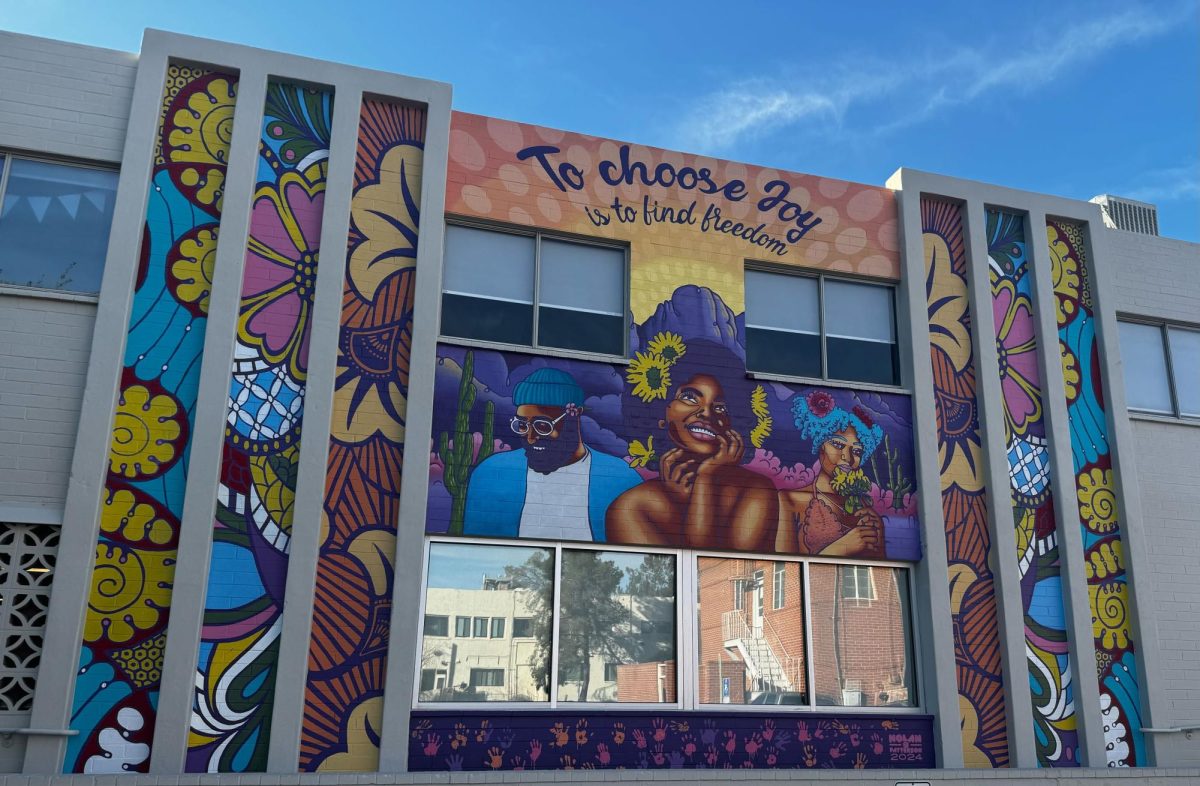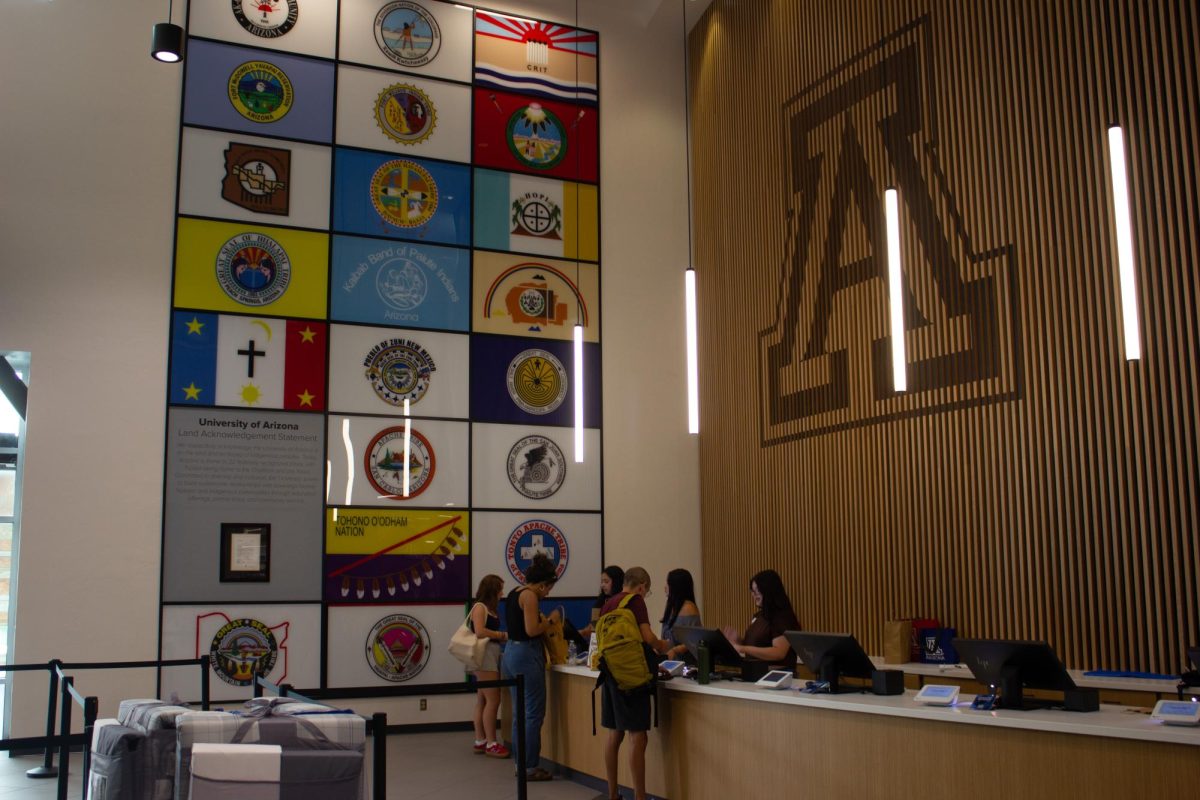What could become the largest and most costly expansion of municipal government in Tucson’s history could become law this Nov. 3 if passed by voters.
During the city’s, state’s, and country’s worst economic period since the Great Depression, Tucson’s public safety Proposition 200 will require the city to increase and maintain police and fire fighter staff levels at numbers the city says will bankrupt other city services.
At a projected cost of over $270 million in the first five years, to be shared by the city and county, 200 has been the most publicized issue in this year’s election and has the support of all three Republican Tucson City Council hopefuls.
“”You will probably not see another campaign any time soon where you’ve got organizations from the far left, far right, and everyone in between all saying that (one proposition) is bad for Tucson,”” said Brandon Patrick, Campaign Manager for No on 200: Don’t Handcuff Tucson.
Organizations like the Goldwater Institute and the Pima County Democratic party, typically on the far opposite sides of political issues, have both chosen not to support 200.
Patrick said students should care because the very reason tuition at the University of Arizona has increased is due to a budget crisis from a history of similar unfunded mandates at the state level.
Tucson City Manager Mike Letcher reported after a Tucson City Key Services Dialogue Sept. 28 that residents will be asked to help with tax increases if 200 passes.
Since, Letcher and the council have been careful to not directly threaten tax and fee increases, but stress the city has an already 40 + million-dollar-deficit budget.
Public safety has been a major platform for all three Republican council candidates and a critique of the current council by each.
200 proponents and council would-be’s like Republican Shaun McClusky, whose running against Democrat Richard Fimbres for the south side Ward 5 seat, have said the city’s current plan is not enough to ensure perspective residents and businesses that Tucson is a safe community.
McClusky promised at the Tucson Tea Party that 200 would not raise taxes.
North side Ward 3 Republican City Council Candidate Ben-Buehler-Garcia characterized Tucson on his campaign webpage as “”inundated with crime,”” based on Arizona Daily Star’s interactive crime map.
Tucson’s violent and property crime rates have fallen in the last five years according to city reports.
“”The debate over Tucson’s crime ranking misses the main point,”” Buehler-Garcia wrote. “”We should be working to make Tucson safer.””
Buehler-Garcia is running against Democrat Karin Uhlich.
Supporters believe Tucson should meet a 2.4 police officers-per-thousand-citizen ratio that they say conforms to a national average.
The proposition would also put the city at risk of lawsuit if the fire department did not conform to a 4 minute response time to emergency calls.
The initiative provides no guidance for how the city should pay for increases in staffing, emergency vehicles, weapons and equipment, or facilities.
200 supporters disagree with both Tucson and Pima County cost proposals.
Colin Zimmerman, Director of Public Affairs for the Tucson Association of Realtors, the primary donor to prop 200, said in an interview after the Tucson Tea Party that he believes the money is already in the city budget.
Bill Arnold, chairman for Proposition 200 was quoted in an Oct. 11 article by the Arizona Daily Star’s Rhonda Bodfield asking, “” ‘What it boils down to is: Do you trust your firemen and your police officers? Or do you trust your City council? ‘ “”
In 2006, the City Council approved a sustainability plan placing public safety as the highest priority for increases over the next 10 years, as funding permits.
“”We’re doing exactly what they asked for,”” said Midtown Ward Six City Councilwoman Nina Trasoff whose seat is up for grabs this term. “”We are not responsible for the economy tanking, thank you Mr. Bush.””
The University of Arizona is located within Mrs. Trasoff’s ward. UA Athletic Facilities and Capital Projects Associate Director Stephen Kozachick is campaigning against her.
The 2006 sustainability plan endorsed the 2.4 officers-per-thousand-citizens ratio but provided for 10 years to achieve it.
The city reported 2009 fire staffing levels at 100 per cent, and the hiring of 80 police officers since the plan, which also included the renovation of the West Side Police Services Center and plans for a new forensics laboratory.
Trasoff said that while some police administration personnel have been laid off, no cuts are planned to patrol officers or investigative personnel.
A public town hall dialogue will be held Monday at 6 p.m. in the Leo Rich Theatre of the Tucson Convention Center at 260 S. Church Avenue, Downtown, to help the public understand the initiative.
Arizona Public Media (KUAT) and Cox Communications will host a panel of issue representatives like Patrick, as well as proponants Brian Delf of the Tucson Fire Fighter’s Association and Tucson conservative radio personality Jon Justice.
KUAT Arizona Illustrated’s Bill Buckmaster, Arizona Daily Star Opinions Editor Ann Brown, and the Tucson Weekly’s Jim Nintzel (also a professor with the UA’s Journalism School) will ask questions of the panelists.



